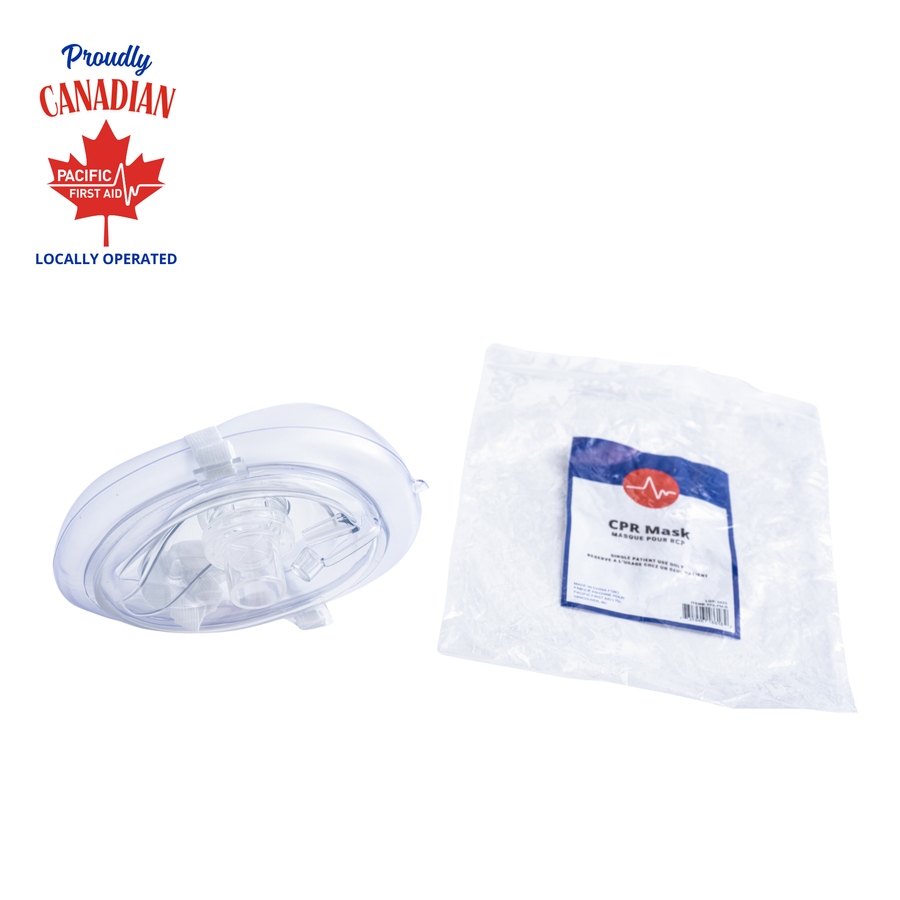
Your Essential Hiking Safety Checklist
Photo Credit: Toomas Tarted
Summer is officially here and many people are spending their time outside. With the rise in popularity of outdoor activities during quarantine, it’s important now more than ever to be prepared when you’re hiking in the backcountry. No one ever expects to get lost, get stuck hiking in the dark or hurt themselves, but it’s always a possibility. In this post, we cover the hiking safety checklist basics so you can stay safe on the trails this summer.
Pre-Trip Planning
Before you head out on your hike, make sure to read up on the conditions and check the weather. If you expect a lot of mud or rain, adjust accordingly and bring your gaiters or rain jacket. A few more things you can do to prepare are:
- Research where you’re going
- Leave a trip plan with a friend
- Bring a guide or trail book. You can also use Alltrails.com for maps, kms and directions for any hike in your area.
- Get your hiking permit, if required
The Hiking Safety Checklist
This hiking checklist is a good starting point for the type of gear you should bring on hikes. Whether you’re doing a quick day hike or a longer trek, there are a few basics that are necessary no matter the difficulty level. To start, you’ll need:
First Aid Kit
First aid kits are an essential part of your hiking equipment. Some of the things inside your kit you’ll use somewhat often including bandages, moleskin for blisters and ibuprofen, while others will be for emergency situations. Each person’s kit will vary based on specific health conditions, the length of the duration of the hike and what area you’ll be hiking into. The great thing about first aid kits today is you can find them in travel sizes, making them easily packable.
Headlamp
One of the easiest ways to get lost or injured is to end up hiking after dark. Most people don’t intentionally mean to finish in the dark, but it can happen. Make sure to always pack a headlamp and extra batteries in case it dies halfway through your hike.
Food and Water
This one may seem more obvious, but there have been times where hikers don’t bring enough or any extra food or water. It’s always best to pack extra snacks like granola bars, apples, trail mix and sandwiches. If you’re going even further into the backcountry, you can also pack water purification tablets or iodine pills that rid freshwater of bacteria.
Extra Layers
Even if the sun is shining in the city, it’s often cold and rainy (at times snowy) when you’re on the trails. Make sure to pack an extra insulated layer like a fleece and a rain jacket, depending on the weather. When hiking, the conditions can flip within seconds and having extra layers is key to staying dry and warm.
Pocket Knife
In an emergency, a pocket knife can come in handy. Whether it’s to cut twigs, extra supplies, bandages or for a fire, a simple knife is always smart to pack with you.
Sunscreen
Getting a sunburn can be very uncomfortable. The sun is harsher in the mountains, especially if it’s reflecting off the snow. Make sure to pack extra sunscreen, sunglasses and a hat to protect your skin and eyes.
These are just a few items you can keep in your pack when you’re preparing for a hike. Building your own mini first aid kit and investing in the right gear is one of the best things you can do as a hiker.
For more first aid tips, outdoor supplies, first aid products and training visit our homepage.







